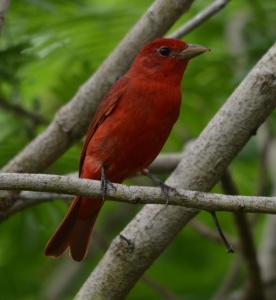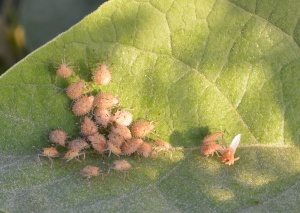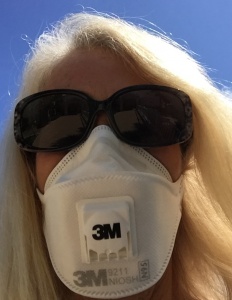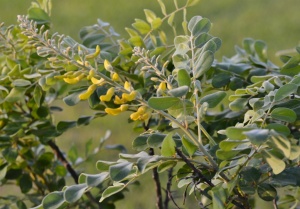As the year wraps up, our 2015 new members end their first year, here’s a recap of what they may have learned:
January – Not all debris should be cleared. Many now know to leave rotting logs and fallen branches no matter how tempting it is to make a nature preserve look as neat as a golf course.
February – Beach sand is an entire universe in and of itself. Makes one think twice about burrowing their feet in the wet surf.
March – Drought in the Lower Rio Grande Valley is cyclic which makes it less scary.
April – Spring migration on the Island isn’t always dynamic, which causes people to reminisce about the great bird fall-out of 2013.


May – Disturbances aren’t just loud car radios at city intersections at midnight. Guinea grass, when disturbed, rapidly multiplies unless area is re-vegetated pretty quickly.
June – Bugs should be kept, if for nothing else, as part of the food chain.

July – Not mowing while on vacation presents the opportunity to see what native surprises come up in your yard.
August – Many native plants will live and bloom in spite of drought and heat stress.
September – Red Tide isn’t something to cough at.

October – Heavy rains prompt flowering trees and plants into thinking its spring. Many native plants, shrubs and trees will bloom after rain. Plants that appeared dead begin to come back.

November – Leave leaves lie where they fall. (If you feel compelled to rake and bag, bring the bags to Ramsey Park.)
December – Tree planting is much more successful in the fall and winter. It’s all about the dormant period while the roots are working underground.
We’re interested in your observations from your first year as a Rio Grande Valley Chapter, Texas Master Naturalist.
What was your most profound discovery this year?
What native plant did you get at the graduation dinner and how is it faring?
We’d like to hear from you.

Leave a Reply